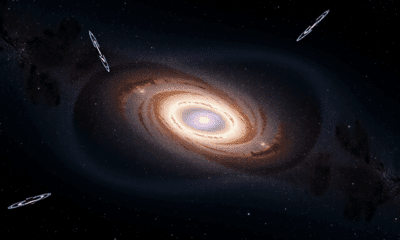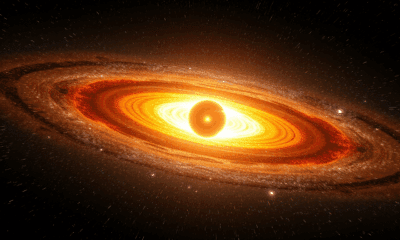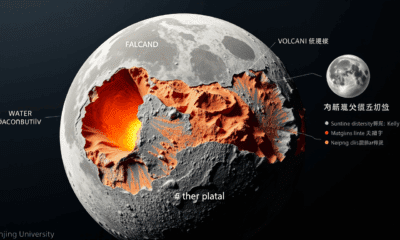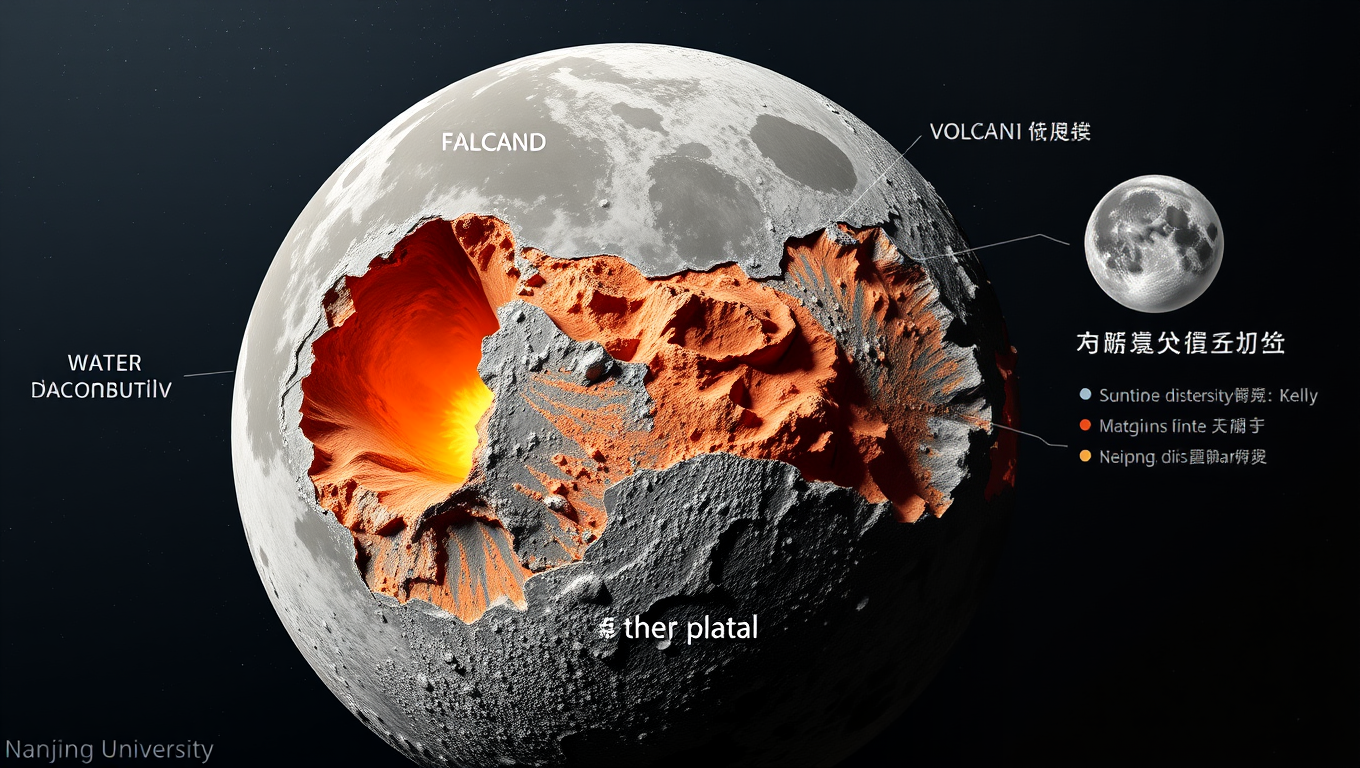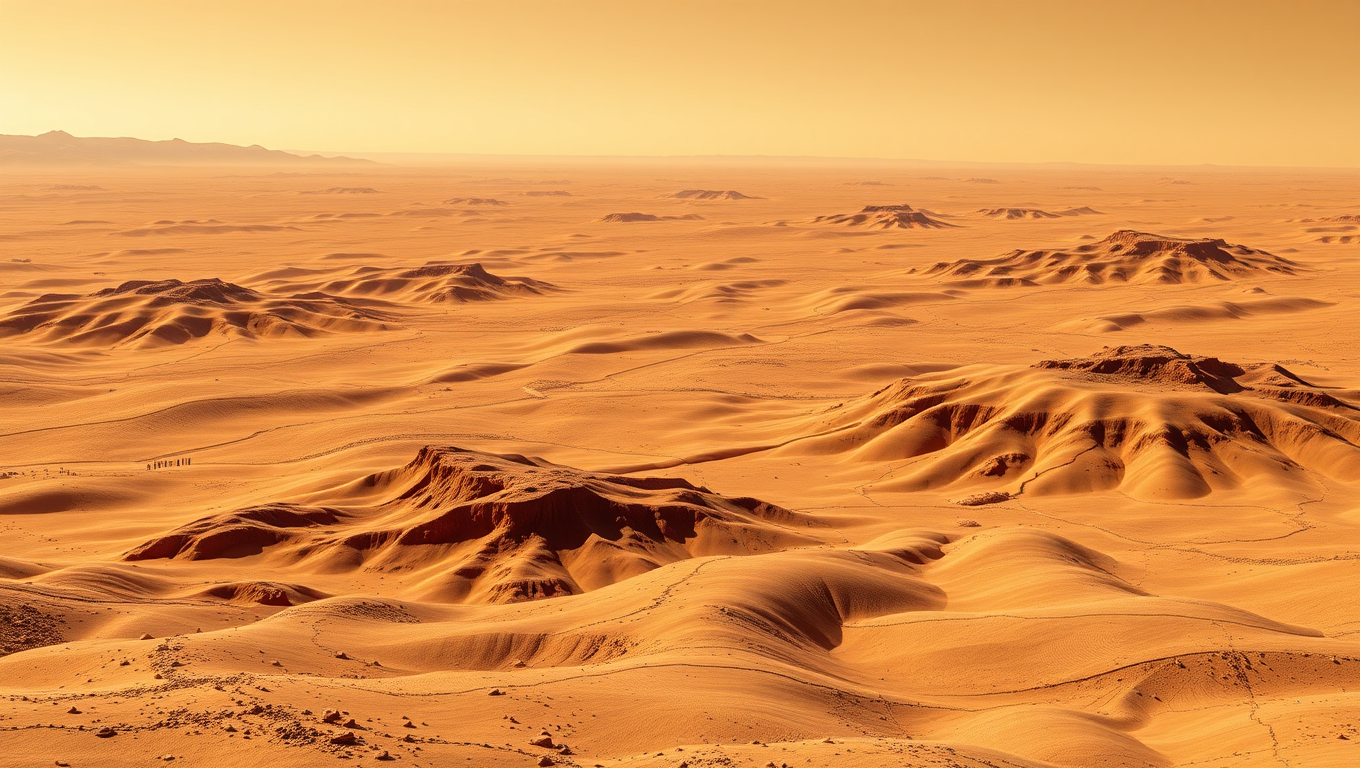While we try to keep things accurate, this content is part of an ongoing experiment and may not always be reliable.
Please double-check important details — we’re not responsible for how the information is used.
Asteroids, Comets and Meteors
Uncovering Space Secrets: Scientists Reveal Why We Rarely Find Carbon-Rich Asteroids on Earth
Researchers may have answered one of space science’s long-running questions — and it could change our understanding of how life began. Carbon-rich asteroids are abundant in space yet make up less than 5 per cent of meteorites found on Earth.
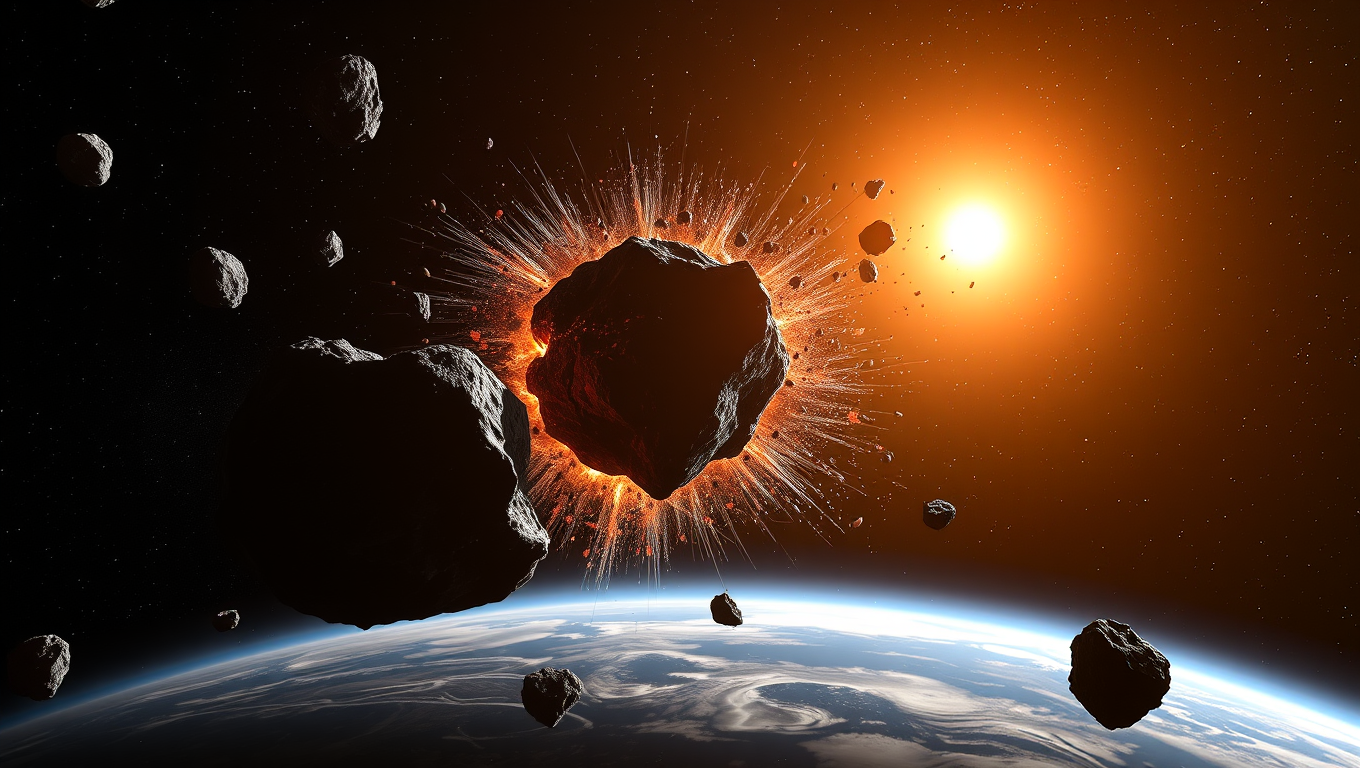
Asteroids, Comets and Meteors
“Unveiling the Secrets of the Far Side: China’s Chang’e-6 Mission Reveals Volcanic and Magnetic Mysteries on the Moon”
China’s Chang’e-6 mission has delivered the first-ever samples from the Moon’s far side, shedding light on one of planetary science’s greatest mysteries: why the near and far sides are so different. The South Pole–Aitken Basin, a colossal crater created 4.25 billion years ago, has now revealed clues about ancient volcanic activity, fluctuating magnetic fields, and unexpectedly dry, depleted lunar mantle regions. These insights could reshape our understanding of the Moon’s, and even Earth’s, geological evolution.
Asteroids, Comets and Meteors
The Ancient Interstellar Comet: A Frozen Relic from Before the Sun?
A newly discovered comet, 3I/ATLAS, may be the most ancient visitor ever detected, potentially older than our solar system itself. Unlike previous interstellar objects, this ice-rich comet seems to originate from the thick disk of the Milky Way, a region filled with ancient stars. First spotted in July 2025, it’s already showing signs of activity and could help scientists understand more about galactic chemistry and the origins of planetary systems.
Asteroids, Comets and Meteors
Unveiling the Secrets of Mars’ Ancient Rivers
Mars may not have always been the dry and dusty world we imagine. A staggering network of ancient riverbeds, spanning over 15,000 kilometers, has been discovered in the planet’s Noachis Terra region, suggesting that flowing water, fueled by precipitation, was once widespread. Unlike previously studied valley networks, these “inverted channels” reveal a long history of persistent water activity, challenging the idea that Mars was merely cold and dry.
-

 Detectors3 months ago
Detectors3 months agoA New Horizon for Vision: How Gold Nanoparticles May Restore People’s Sight
-

 Earth & Climate4 months ago
Earth & Climate4 months agoRetiring Abroad Can Be Lonely Business
-

 Cancer4 months ago
Cancer4 months agoRevolutionizing Quantum Communication: Direct Connections Between Multiple Processors
-

 Agriculture and Food4 months ago
Agriculture and Food4 months ago“A Sustainable Solution: Researchers Create Hybrid Cheese with 25% Pea Protein”
-

 Diseases and Conditions4 months ago
Diseases and Conditions4 months agoReducing Falls Among Elderly Women with Polypharmacy through Exercise Intervention
-

 Chemistry4 months ago
Chemistry4 months ago“Unveiling Hidden Patterns: A New Twist on Interference Phenomena”
-

 Albert Einstein4 months ago
Albert Einstein4 months agoHarnessing Water Waves: A Breakthrough in Controlling Floating Objects
-

 Earth & Climate4 months ago
Earth & Climate4 months agoHousehold Electricity Three Times More Expensive Than Upcoming ‘Eco-Friendly’ Aviation E-Fuels, Study Reveals

